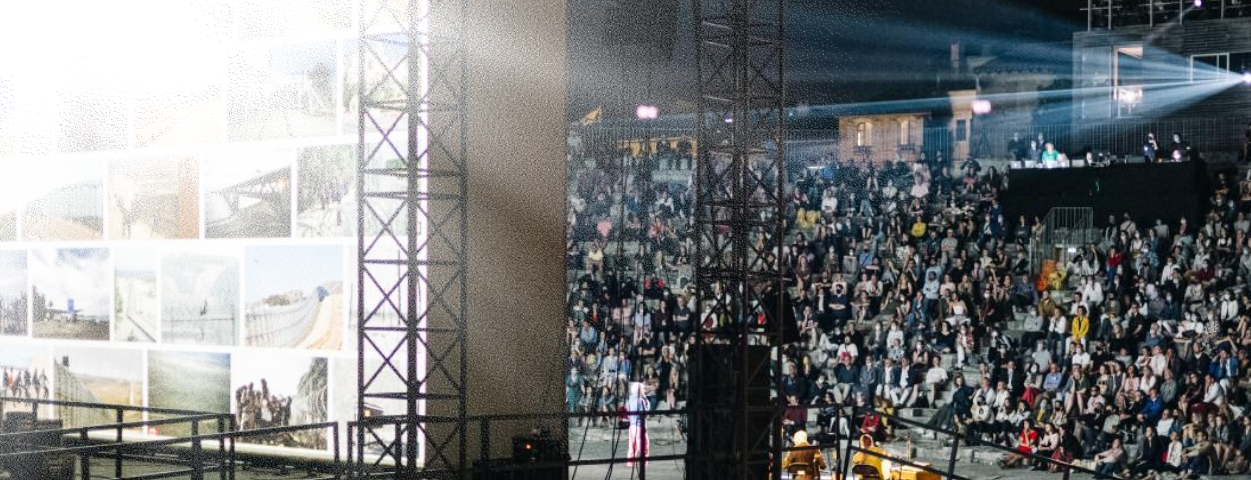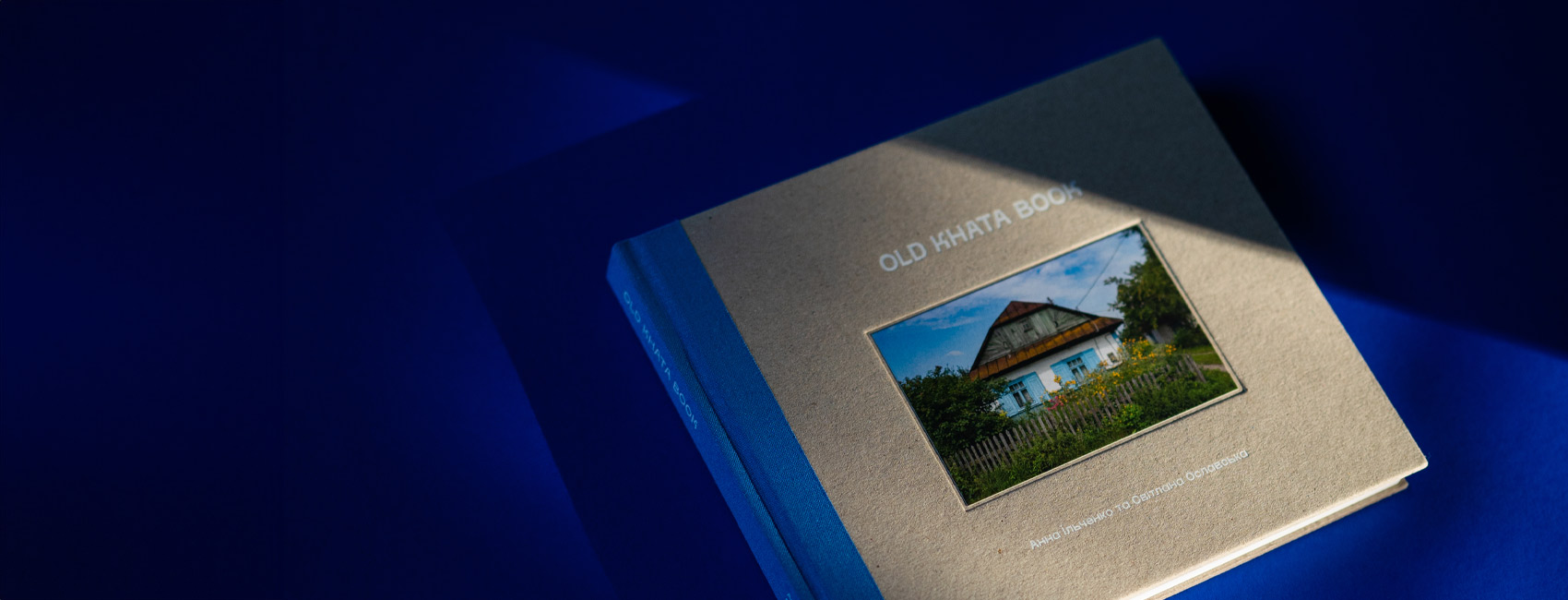* ESC - close the search window
PHOTOBOOKS
Ways of memory and struggle: Five new photo books about Ukraine
27.07.2024
This year, several books were published that reflect on and analyze the complexity of historical and contemporary events in Ukraine. Some authors guide readers through the fascinating world of naïve artistic creativity, continuing efforts to comprehend the Ukrainian heritage of the Soviet era. Others reveal the intimate story of a refugee and war through personal experience.
Each publication is an invitation to reflect on a particular topic of which the author’s message is delivered through fine arts.
Chips: Ukrainian naïve mosaics, 1950-1990
Yevgen Nikiforov, Polina Baytsim – Kyiv, ist publishing, 2024 – 190 pages
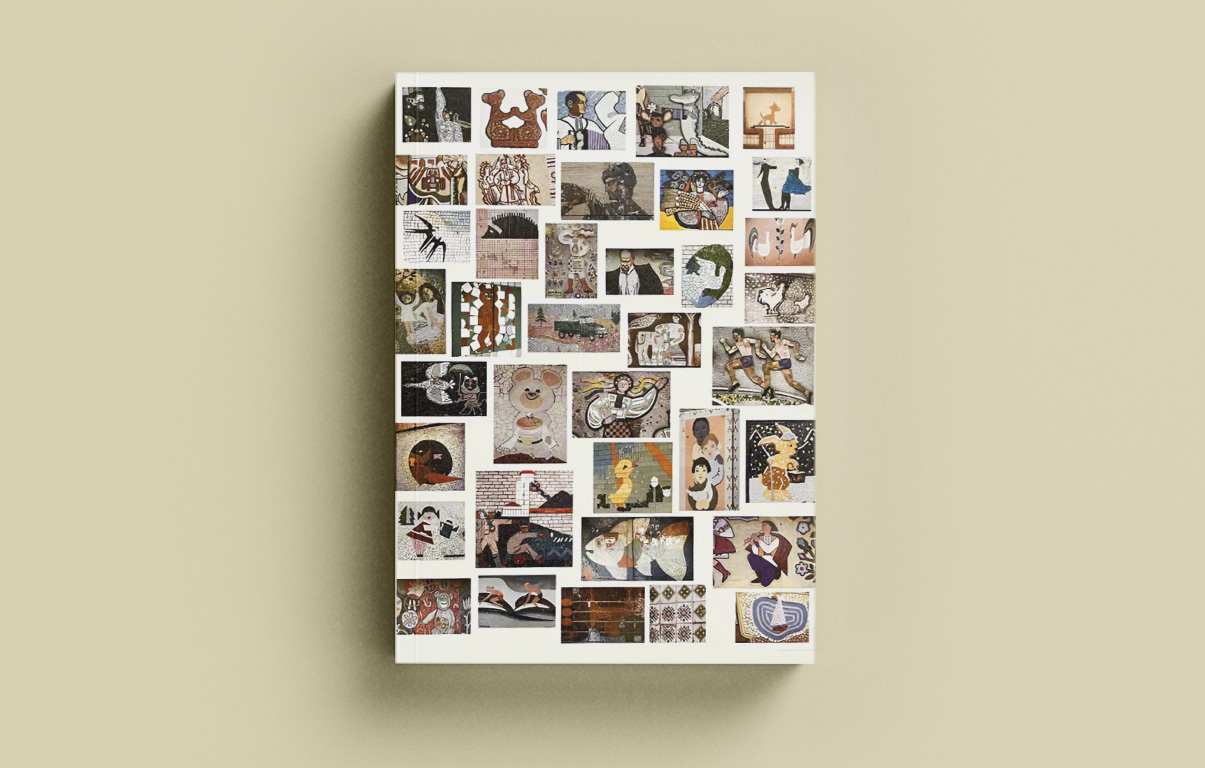
Documentary photographer Yevgen Nikiforov and art historian Polina Baytsim use the theme of naïve mosaics — created in Ukraine during the second half of the twentieth century — to explore historical manifestations of the inhabitants’ preferences in their environments. The authors invite readers to reflect on the relationship between place and memory. By creating this photo book, they try to restore a common spatial image of everyday life on a national scale. Some of these locations are currently inaccessible as they are temporarily occupied territories, while others may be at risk of being destroyed or forgotten because they do not have recognized artistic value.
Joining the authors in this commemorative practice, let’s view these objects to see how residents exercised their right to public spaces in specific ways to capture their connection with them. We will not find any names or surnames of the artists here — the authors are unknown. Most of these mosaics are amateur works, in which people showed spontaneity and naivety in the good sense of the words. Among the themes are folk images, such as a girl with a carrying pole, agricultural motifs (tractors, harvesting), animalistic images, floral and geometric ornaments, scenes with children, sports, and many others.
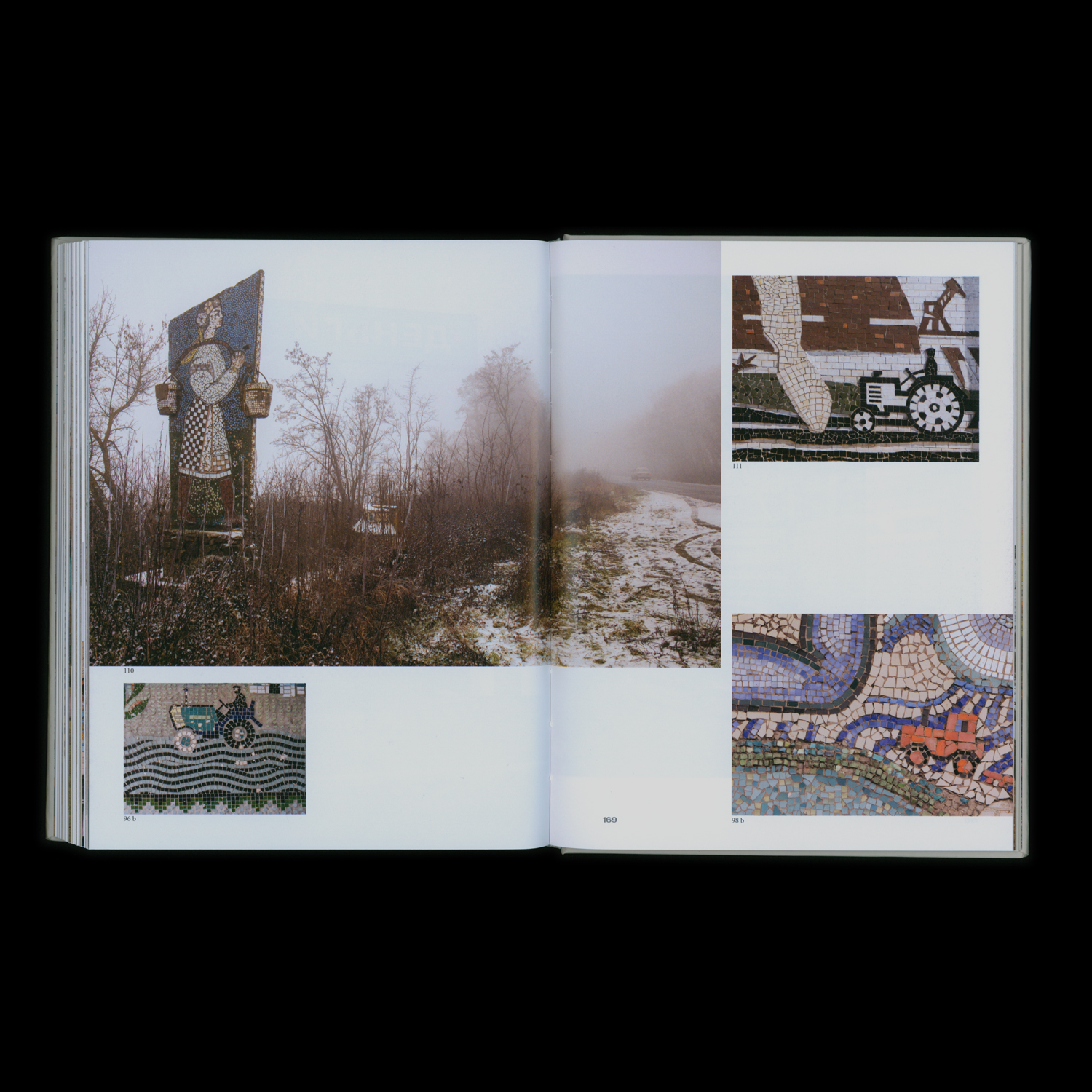
True to his habit of carefully recording the locations, Yevgen provides the address and geolocation of each piece of work he made a shot of: kindergartens, bus stops, public toilets, stadiums, cultural centres, and department stores.
RELATED: Review: ‘Ukrainian Dissidents under Soviet Power’
“Mosaics are chips of casual feelings for everyday spaces,” writes Polina Baytsim, explaining the title of the book. In the foreword, she also discusses 20th-century Ukrainian art as a component of the Soviet art system, and how the accession of Ukrainian territories to the Soviet Union over decades affected local crafts.
Zagrava. Artbook and graphics
Sergiy Maidukov — Kyiv: ist publishing, 2024 — 160 pages
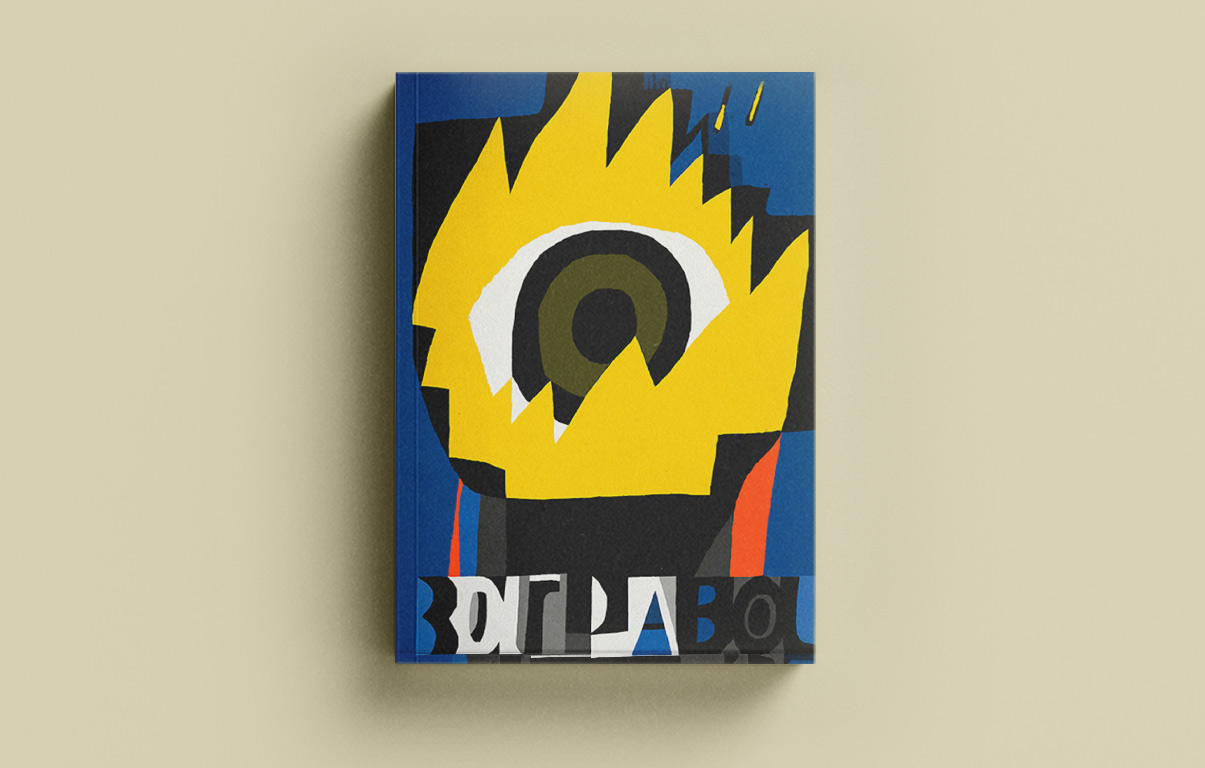
In an interview foreword to this book, available in Ukrainian and English, Maidukov shares his thoughts and responds to accusations of aestheticization of war in his works. The artist talks about how his work is viewed by foreigners, about work with Western journalists (not always complimentary), and how his work is presented in Western media.
Although initially Sergiy created the works collected in “Zagrava” primarily for himself, they are a kind of artistic reportage in the form of illustration, a very quick reaction to events. This is what makes this publication interesting — from the very first day of the invasion, with an illustration that captures the seemingly silent horror of realizing what has happened, to the various manifestations of resistance and struggles that Ukrainians resorted to.
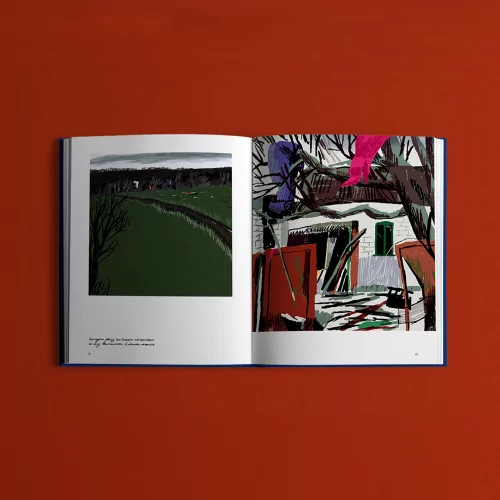
My Mom Wants To Go Back Home
Hanna Hrabarska — Netherlands: Jap Sam Books, 2024 — 216 pages

Photographer Hanna Hrabarska covers the topic of refugees in her book. In photographs, she tells the story of her own mother, and this story is not over till her heroine returns home. Hanna intentionally reveals this intimate, personal experience without embellishment: while it is tragic, it is not without other vivid emotions, including joy. At the same time, this experience is so generalized that the author’s mother here is a collective image of a Ukrainian woman forced to flee abroad because of russia’s war against Ukraine.
Each photo becomes a window into the world of thoughts, feelings, and hopes associated with a changed life, temporary shelter, and unpredictable fate.

Foreign readers have the opportunity to directly experience and deepen their understanding of how war affects the life of one person and her family. It shows how refugee life turns out to be more than just a physical displacement, and puts personality and identity to the test.
It is an insightful and emotionally charged testament to human strength and unbreakable faith in the future, even in the most difficult moments.
13 Stories of War
Kyiv: Ukrainian Warchive, 2024 — 168 pages
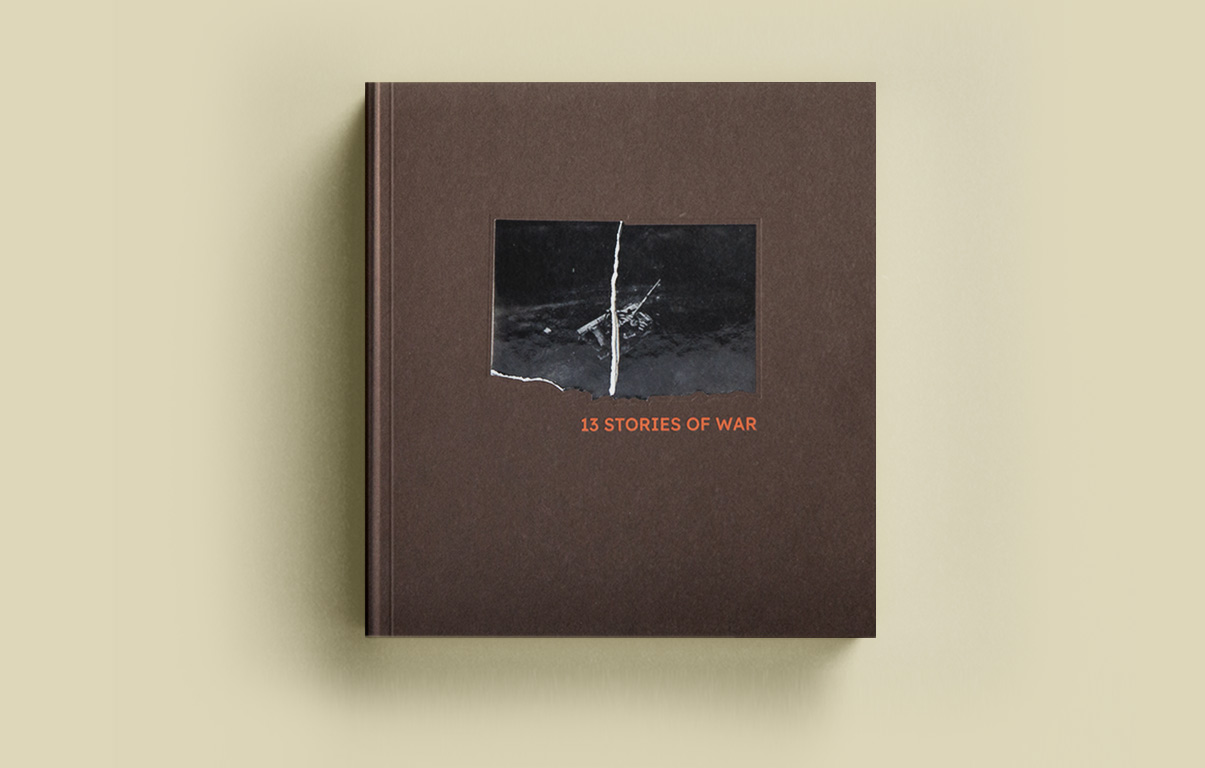
13 visual stories from Ukrainian photographers and artists exploring the themes of resilience, loss, and hope are brought together in one English-language publication. All authors live and work in Ukraine, as the book’s editors emphasize, which adds a personal dimension to these stories. It is not only a testimony, but also a co-living through this war. Photographs are accompanied by the authors’ texts.
The stories include projects such as Olena Hrom’s “This Crazy, Crazy World,” about a psycho-neurological boarding school in Borodianka that was under occupation in the first weeks of the full-scale invasion; Evgeny Maloletka’s photo reportage “The Siege of Mariupol;” and Sergii Polezhaka’s series “Naїve Ukrainian Gardens” revealing the russian-Ukrainian war through a visual exploration of the relationship between humans and the environment. In this context, the garden is not only a battlefield but also an important landmark that highlights the deep divergence between Ukrainian and russian cultures.

Photographers whose projects are included in the publication:
- Julia Kochetova — War is Personal;
- Yana Kononova — Radiations of War;
- Evgeny Maloletka — The Siege of Mariupol;
- Yelyzaveta Bukreyeva — Do Not Look at the Pain of Others;
- Roman Pashkovskiy — The Torture Rooms;
- Olena Hrom — This Crazy, Crazy World;
- Sergii Polezhaka — Naїve Ukrainian Gardens;
- Dmytro Kozatskyi — Azovstal;
- Sasha Kurmaz — Red Horse;
- Alexander Glyadyelov — War;
- Olia Koval — 12 Frames;
- Viacheslav Ratynskyi — New Ordinary?;
- Roman Bordun — Let’s Keep It for Better Times.
Saints
Sasha Maslov — Kyiv: ist publishing, 2024 — 311 pages
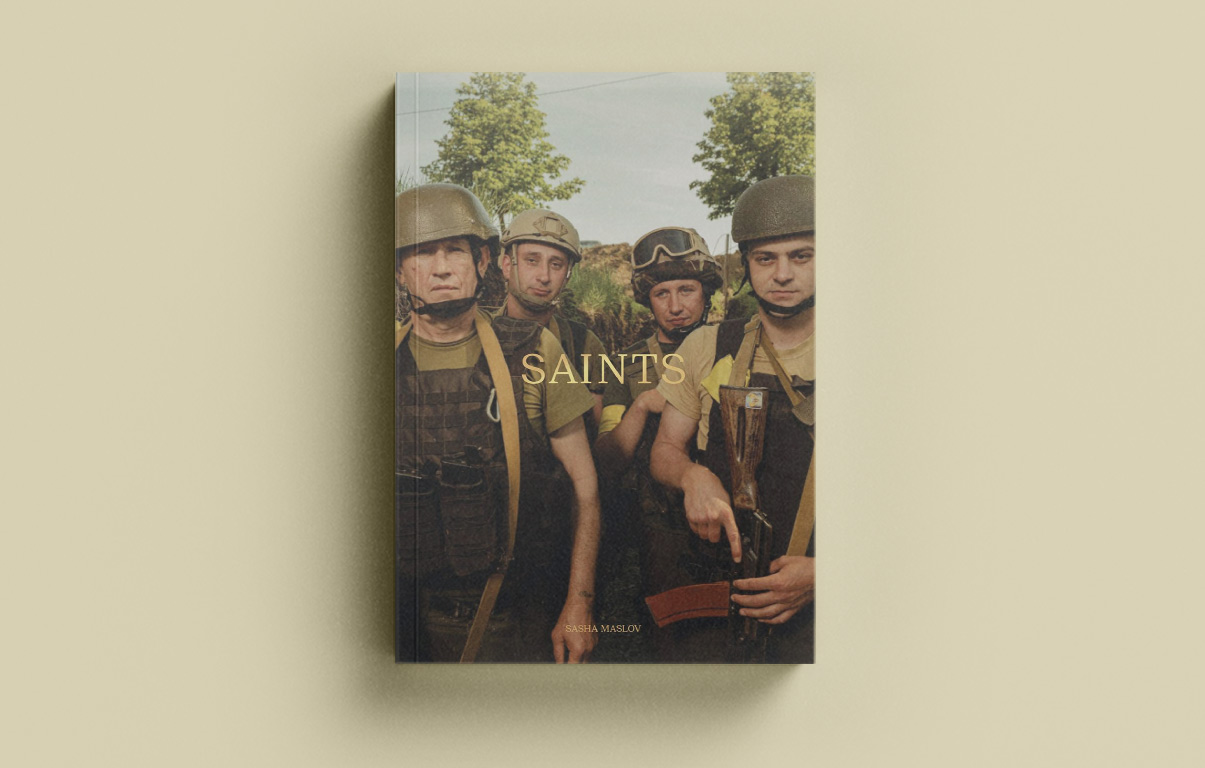
Sasha Maslov is a photographer whose career began in Kharkiv, Ukraine. He later moved to the United States, where he continued his work, creating his own projects and collaborating with international publications. Since the beginning of the full-scale invasion, Sasha Maslov has been returning to Ukraine on a regular basis.
RELATED: Ruins, cold, and stoicism: What US writers saw in the de-occupied territories
“Saints” is his new photo book, which tells the stories of people who work during the war in Ukraine. According to the photographer, this is an interpretation of holiness in a modern dimension where holiness is seen as self-sacrifice. The book contains more than 100 portraits and their stories: These are people who have changed the face of Ukraine through their service in the Armed Forces, volunteering, and daily work to defend the country. Unfortunately, not all of the book’s heroes have survived to this day; many of them have died or gone missing.
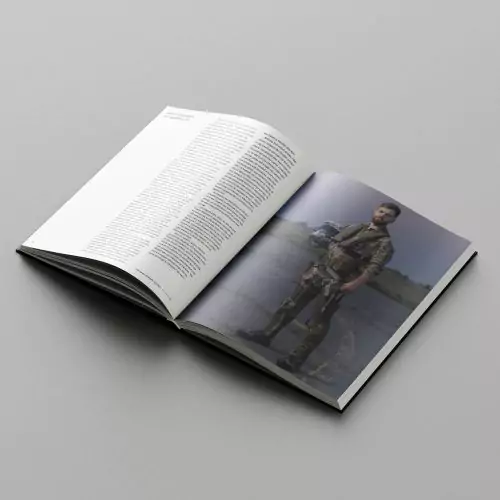
Sasha Maslov has combined portraits and reportage shots taken during his stay in Ukraine. The design and materials are still works in progress, and the author hopes that the last shots will be taken during the victory parade. The book is planned to be published internationally and will be available to readers around the world.
The publication is a part of the “Chytomo Picks: Classics and New Books from Ukraine” project. The materials have been prepared with the assistance of the Ukrainian Book Institute at the expense of the state budget. The author’s opinion may not coincide with the official position of the Ukrainian Book Institute.
Team of authors: Anastasiia Denysenko, Yevheniia Sapozhnikova
Translation: Tetiana Mykolenko, Iryna Saviuk
Copy editing: Joy Tataryn, Terra Friedman King
This publication is sponsored by the Chytomo’s Patreon community
the more you read, the greater the possibilities



